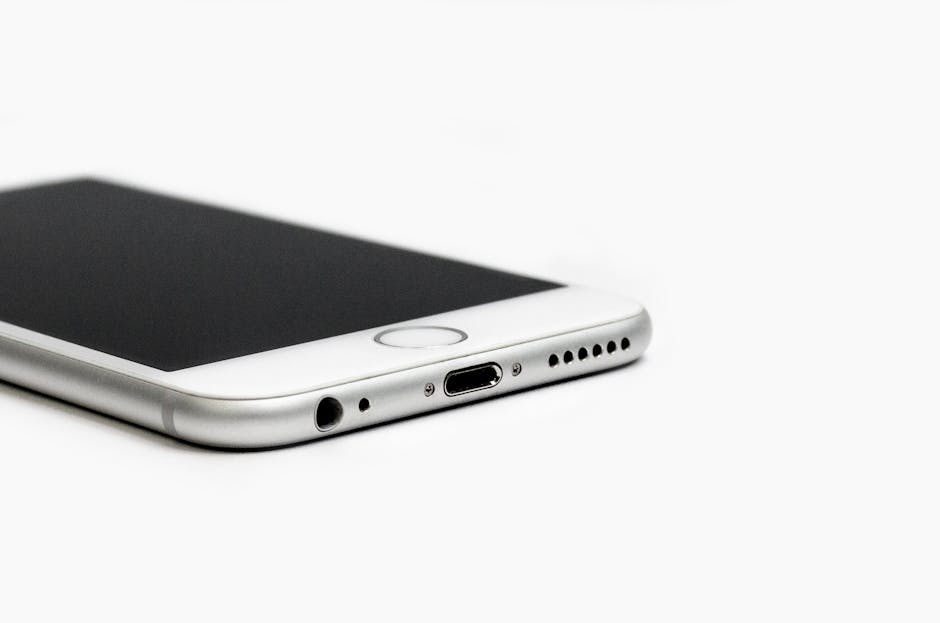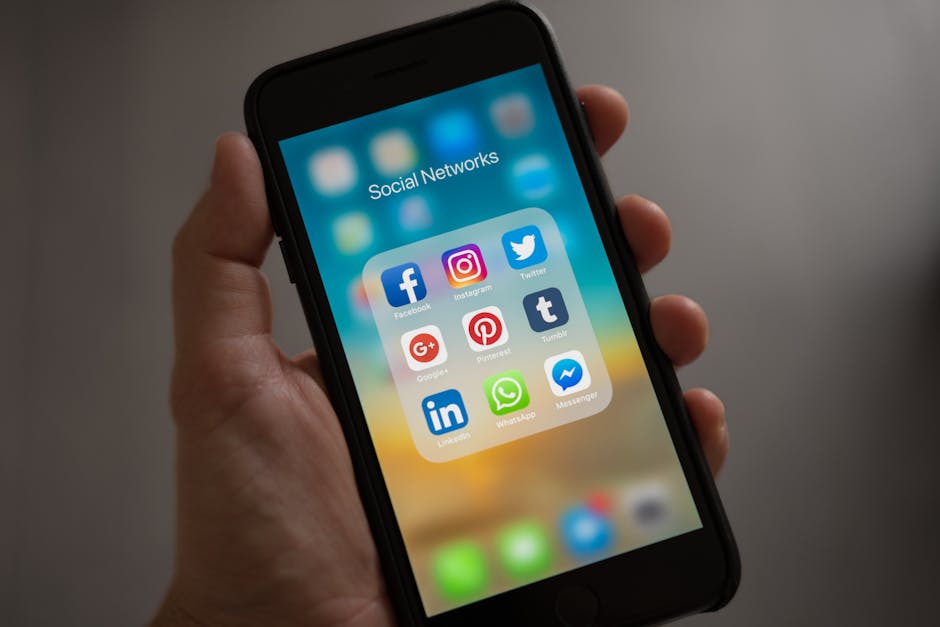The buzz around OpenAI’s Sora has been deafening, and for good reason. The text-to-video AI model promises to revolutionize content creation, allowing users to generate realistic and imaginative video clips from simple text prompts. But one burning question remains for Android users: will Sora 2 ever grace our smartphones? Let’s delve into the possibilities, challenges, and potential impact of Sora 2 on the Android ecosystem.
Understanding Sora and its Capabilities
Sora represents a significant leap forward in AI video generation. Unlike previous models, Sora demonstrates a remarkable ability to understand and simulate the physical world, creating scenes with complex camera movements, multiple characters, and intricate details. Its capabilities extend to:
Generating videos up to a minute long. Creating videos from text prompts. Expanding existing videos. Filling in missing frames in videos.
These features offer unprecedented creative control and efficiency for filmmakers, marketers, and anyone looking to produce engaging video content. The current limitations of Sora, such as difficulties simulating the physics of complex interactions, don’t diminish its potential.
The Challenges of Bringing Sora to Android
While the prospect of Sora 2 on Android is exciting, significant hurdles need to be overcome. The sheer computational power required to run Sora is a major obstacle.
Computational Requirements
Sora is currently a cloud-based service, leveraging the massive processing power of OpenAI’s data centers. Android devices, even high-end smartphones, simply lack the hardware to perform the complex calculations needed for real-time video generation. Mimicking the performance of a server farm on a mobile device is, at present, unrealistic.
Optimization and Accessibility
Optimizing Sora for Android would require significant engineering efforts. The software would need to be streamlined to run efficiently on a variety of devices with varying processing capabilities. Even with optimization, the quality and speed of video generation might be significantly reduced compared to the cloud version. Accessibility is another concern. Not all Android users have access to the latest and greatest smartphones. A Sora 2 Android app would need to be designed to function adequately on a wide range of devices, potentially further compromising performance.
Data Usage and Bandwidth
Generating videos with Sora consumes considerable data. An Android app would likely require a constant internet connection to access the necessary AI models and processing power. This could be a significant barrier for users with limited data plans or unreliable internet access. The app would also need to handle large data transfers efficiently to avoid excessive battery drain and performance issues.
Potential Solutions and Workarounds
Despite the challenges, there are potential solutions and workarounds that could bring Sora-like capabilities to Android devices.
Cloud-Based Rendering
The most likely scenario is a cloud-based rendering solution. The Android app would serve as a front-end interface, allowing users to input text prompts and customize video parameters. The actual video generation would occur on OpenAI’s servers, and the finished product would be streamed back to the user’s device. This approach would alleviate the computational burden on the Android device and ensure consistent performance.
Edge Computing
Edge computing offers another possibility. This involves distributing the processing workload between the cloud and the user’s device. Some simpler tasks, such as prompt processing and video preview generation, could be handled locally on the Android device, while the more computationally intensive tasks would be offloaded to the cloud. This hybrid approach could improve responsiveness and reduce latency.
Federated Learning
Federated learning could potentially be employed to train AI models on Android devices without directly accessing user data. This would involve training a local version of the Sora model on each device using anonymized data. The local models would then be aggregated to create a more robust and personalized AI model. This approach could improve the accuracy and relevance of video generation while preserving user privacy.
The Impact of Sora 2 on the Android Ecosystem
If Sora 2 or a similar AI video generator were to become available on Android, it could have a profound impact on the mobile ecosystem.
Empowering Content Creators
Sora 2 could democratize video creation, empowering individuals and small businesses to produce high-quality video content without requiring expensive equipment or specialized skills. This could lead to a surge in user-generated content and new opportunities for online marketing and advertising.
Transforming Mobile Gaming
AI-powered video generation could revolutionize mobile gaming. Developers could use Sora 2 to create dynamic and immersive game environments, generate realistic character animations, and personalize game experiences based on player preferences. This could lead to a new generation of mobile games that are more engaging and visually stunning.
Revolutionizing Social Media
Sora 2 could transform social media by enabling users to create personalized and engaging video stories. Users could use the app to generate videos from their photos and videos, add special effects, and share their creations with their friends and followers. This could lead to a more visually rich and interactive social media experience.
The Future of AI Video Generation on Android
The future of AI video generation on Android is promising, but the road ahead is not without its challenges. While a full-fledged Sora 2 app might be some time away, we can expect to see gradual integration of AI video generation capabilities into Android devices.
Improved Cloud Integration: Existing cloud-based video editing apps will likely incorporate AI-powered features to enhance their functionality. Specialized AI Chips: Future Android devices may feature dedicated AI chips designed to accelerate video processing and machine learning tasks.
- AI-Powered Camera Features: Smartphone manufacturers may integrate AI video generation capabilities directly into their camera apps, allowing users to create short, stylized videos with ease.
Ultimately, the success of AI video generation on Android will depend on overcoming the technical challenges and finding innovative ways to leverage the power of the cloud and edge computing. As AI technology continues to evolve, we can expect to see even more exciting developments in this space.
Conclusion: Is Sora 2 on Android a Possibility?
While a direct port of Sora 2 to Android devices in its current form is unlikely in the immediate future, the underlying technology and concepts will undoubtedly find their way into the Android ecosystem. Whether through cloud-based solutions, edge computing, or specialized hardware, the potential for AI-powered video generation on Android is immense. The possibilities are exciting, and as technology advances, the dream of creating stunning videos on your phone with simple text prompts may soon become a reality. Keep an eye on OpenAI’s announcements and developments in the AI space. Explore existing AI-powered video editing apps on the Play Store and start experimenting with the future of video creation today!






